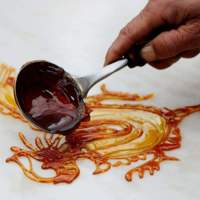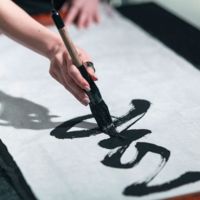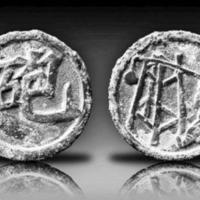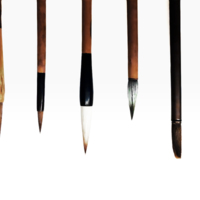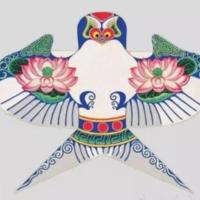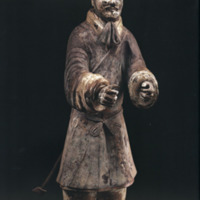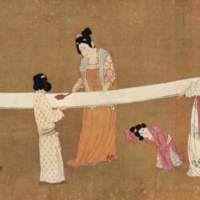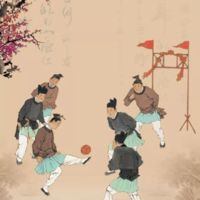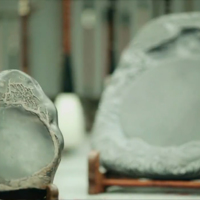Browse Items (43 total)
Sort by:
Sugar Painting 糖畫
Hot liquid sugar is used to make two-dimensional art and solidifies after cooling down.
Tags: Ming Dynasty, Tang Dynasty
Chinese Calligraphy 書法
Chinese Calligraphy is a traditional form of writing characters from the Chinese language through the use of ink and a brush. It is a tradition that is rooted in China through centuries of practice. It is an art of turning Chinese characters into…
Tags: Han Dynasty
Ink Brush 毛筆
Ink brushes were used for calligraphy. It is believed that the ink brush was invented around Zhou Dynasty (1046 BC - 256 BC). The hairs of a common ink brush would be made out of goat, rabbit, mouse, pig, buffalo, wolf or Siberian weasel. To produce…
Tags: Zhou Dynasty
Chinese Kites 風箏
These kites are delicately made of paper and bamboo have numerous shapes such as swallow, centipede, butterfly etc. Regarded as an artistic marvel, the kite makers' skills in both painting and in the design of the kites' flexible flying movement are…
Tags: Zhou Dynasty
Terracotta Army 兵馬俑
The Terracotta Army (also known as the "Terracotta Warriors") is a massive collection of terracotta sculpture consisting of 8,000 clay warriors and horses which were discovered in 1974 next to the mausoleum of the First Qin Emperor, Qin Shi Huangdi,…
Tags: Qin Dynasty
Chinese Silk 絲綢
A silkworm produces 1000 meters (3280 feet) of silk thread in its lifespan of just 28 days and is of great value. Major local silk products in China are Shu, Yun, Song Brocade and brocades by ethnic minorities such as the Zhuang and the Dong peoples…
Tags: Prior Xia Dynasty
Sky Lantern 天燈
A sky lantern, also known as Kongming lantern, is a small hot air balloon made of paper, with an opening at the bottom where a small fire is suspended.
Tags: Three-kingdoms Period
Cuju 蹴鞠
“Cu” means to kick, “ju” refers to a type of leather ball filled with feathers, and Cuju means "kick the ball with foot". The Han Dynasty (206 BC - 220 AD), Cuju was not only the recreational activity of the general public, but also an important…
Tags: Han Dynasty
Ink Slab 硯
Ink slabs originated from the grinding implements used in primitive Chinese society to grind pigment on stone. There is a lot of archeological evidence to show that ancient Chinese used ink slabs for grinding ink. A stone ink slab was found in a…
Tags: Han Dynasty

